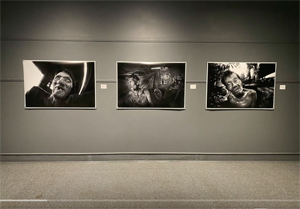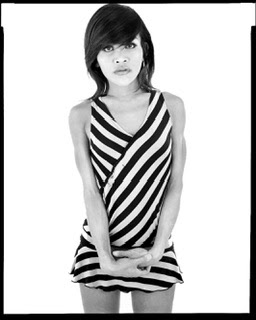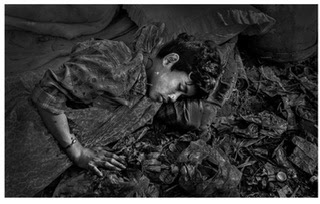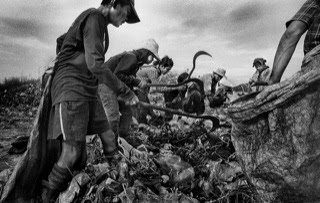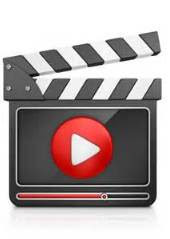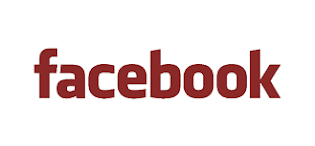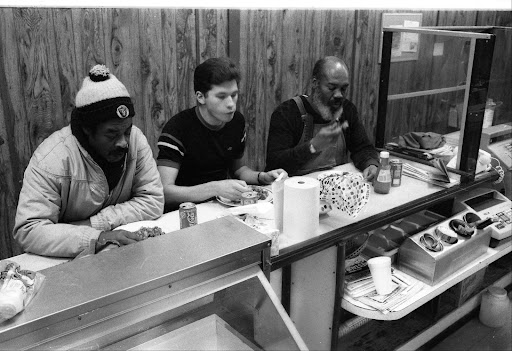Am looking at several large older metal stereoscopes online, and trying to educate myself. This stuff is sometimes confusing!
Here is a bit of stereoscope info:
https://www2.usgs.gov/faq/categories/9802/2993
Modern stereoscope devices can be seen here:
http://ascscientific.com/stereos.html
I think that this should work for me. I can create larger (8x10? inch prints) left and right images then view them through the older metal stereoscopes in an exhibition or for my self. Combined with strong documentary photography (not gimmicky photography) the art created could have an extremely strong effect on the viewer.
Here is the the last link, to a book one of the eBay sellers referred me to.
Principles and Applications of Photogeology
The eventual set up might look something like this. I would of course mount the 2 photos, left and right eye to some kind of board to make it easier for the viewer to handle. I could have 10 different large stereographs for them to view, heck I could have 100.
Note* I wonder if making stereograph photos would be easier to do 100% digitally? Digital 3D cameras, prints etc. Then view them under the same device, or directly on a monitor. Maybe so., not sure. Not sure I want to go that way thou, it is kind of cool to work with the older tools, just like with platinum prints or wet plate photography. There is something truly beautiful in bringing those techniques and cameras back to life. Victorian photography, today!
Here is a bit of stereoscope info:
https://www2.usgs.gov/faq/categories/9802/2993
Is stereo pair coverage available with scanned aerial photographic products?
Yes,
customers will need to acquire at least 2 consecutive digital images
from the same roll and then create transparencies or contact prints to
view them with a stereoscope. A stereoscope is a device for viewing a
stereoscopic pair of separate images, depicting left-eye and right-eye
views of the same scene, as a single three-dimensional image. Most
stereoscopic methods present two offset images separately to the left
and right eye of the viewer. These two-dimensional images are then
combined in the brain to give the perception of 3D depth. A typical
stereoscope provides each eye with a lens that makes the image seen
through it appear larger and more distant and usually also shifts its
apparent horizontal position, so that for a person with normal binocular
depth perception the edges of the two images seemingly fuse into one
"stereo window".Modern stereoscope devices can be seen here:
http://ascscientific.com/stereos.html
I think that this should work for me. I can create larger (8x10? inch prints) left and right images then view them through the older metal stereoscopes in an exhibition or for my self. Combined with strong documentary photography (not gimmicky photography) the art created could have an extremely strong effect on the viewer.
Here is the the last link, to a book one of the eBay sellers referred me to.
Principles and Applications of Photogeology
The eventual set up might look something like this. I would of course mount the 2 photos, left and right eye to some kind of board to make it easier for the viewer to handle. I could have 10 different large stereographs for them to view, heck I could have 100.
Note* I wonder if making stereograph photos would be easier to do 100% digitally? Digital 3D cameras, prints etc. Then view them under the same device, or directly on a monitor. Maybe so., not sure. Not sure I want to go that way thou, it is kind of cool to work with the older tools, just like with platinum prints or wet plate photography. There is something truly beautiful in bringing those techniques and cameras back to life. Victorian photography, today!






